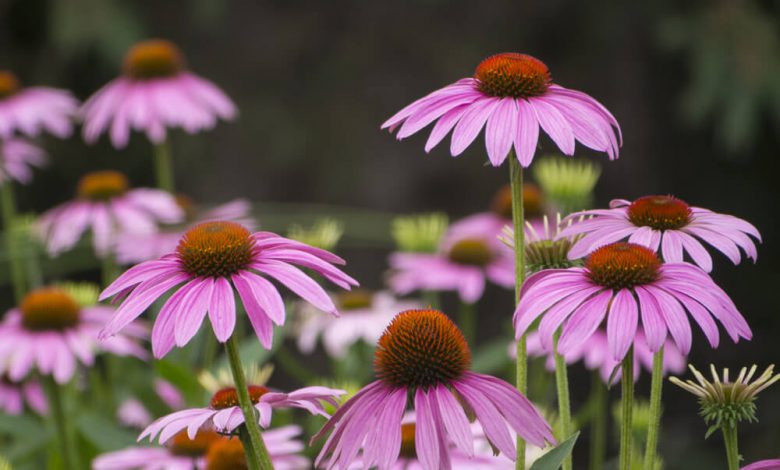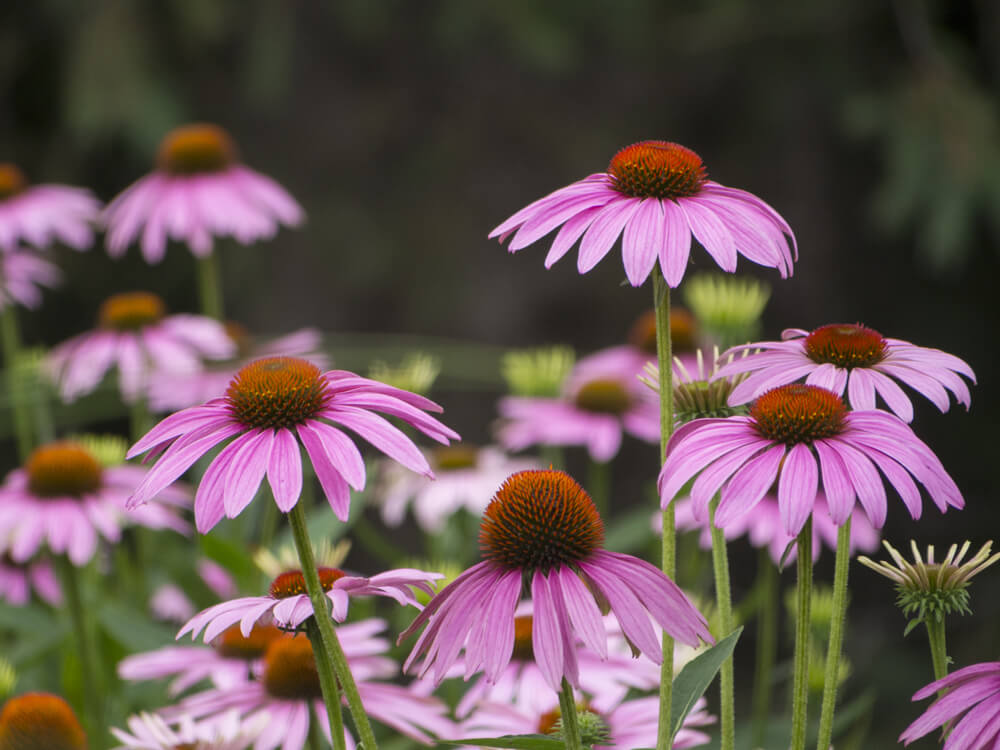Summer Flowers: 6 Options For Your Garden

During the summer, plants become the protagonists of terraces, gardens and balconies. However, due to the characteristics of the climate, not all species manage to survive. Do you know the summer flowers?
There are some varieties that manage to withstand the high temperatures of this time of year. In fact, they are ideal for making outdoor environments more pleasant and beautiful. However, they require some special care. Find out!
6 types of summer flowers to liven up your garden
Summer is the perfect opportunity to enjoy the outdoors like never before. The climate, added to the good energy of this time, are ideal to share with family, friends or as a couple.
Now, taking advantage of areas such as the garden, it is good to know in advance which are the flowers that support the high summer temperatures. In this way we can take advantage of them both to decorate, and to achieve a more harmonious and pleasant environment.
1. Gazania
One of the summer flowers best known for their showy colors are the gazanias, whose botanical name is Gazania rigens. It is a plant of South African origin that grows between 30 and 35 cm. Its main characteristic is that its flowers only open if the sky is clear.
Therefore, it is not at all strange to see them in gardens and terraces during the warmest days of the year. The most interesting thing is that they come in various colors: yellow, orange, red, bicolor, among others. Which one do you like the most?
2. Geranium, beautiful summer flowers
Geraniums have become one of the favorite flowers to decorate gardens and outdoor spaces. It is a plant of Mediterranean origin that can reach up to 60 cm in height. Its colorful flowers stand out in summer in all their colors: red, white, orange and pink.
3. Echinacea

Although many know it for its medicinal applications, the truth is that echinacea is an ideal plant to decorate the garden. They are native to eastern North America, but are currently grown in many parts of the world.
They often grow in patios that have high sun exposure. In addition, they can reach up to 2 meters. Now, it stands out as one of the most beautiful summer flowers, as its purple color stands out among the green of the garden.
4. Lavender
There are many reasons to grow lavender in the garden. In the first place, its flowers withstand the high temperatures of summer, since they are native to the Mediterranean region, which has dry and hot summers.
On the other hand, they have important applications in the home, because in addition to repelling insects in the garden, it can be used as a base to prepare different natural remedies, fragrances, among others.
The height of the bush reaches about 50 cm and it stands out for its lilac flowers that, in addition, give off a very pleasant aroma.
5. Carnation, small summer flowers

For lovers of small summer flowers, carnation is a good choice. They can be found in colors that range from white to part of the red range. In addition, the colored dots stand out on its elongated green leaves.
One of the great attractions of this plant is that it requires very little care. Therefore, they are ideal for those who do not have a lot of time to dedicate to gardening tasks.
6. African daisy
The Dimorfoteca daisy, also called the African daisy or Cape daisy, is a perennial plant native to South Africa. They are known for being very resistant and durable plants, being ideal both for growing in the garden and for pots.
They have become one of the favorite species of summer, since their different colors allow to make very showy floral compositions. They have elongated green leaves and the flowers can be white, pink, orange, yellow and lilac, with blue, yellow or orange centers.
To keep in mind!
Although these flowers are resistant to the high temperatures of summer, that does not mean that they do not need basic care. So, to keep them healthy and pretty, be sure to give them away regularly, but without over-watering.
Also try to grow them in suitable soils, rich in nutrients, so that the plant grows without difficulty. Finally, prune off faded flowers and yellowing leaves to promote continued blooming.









